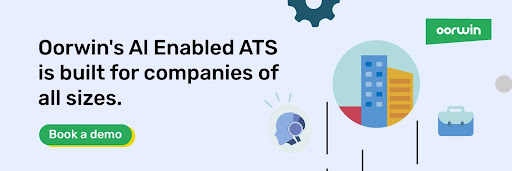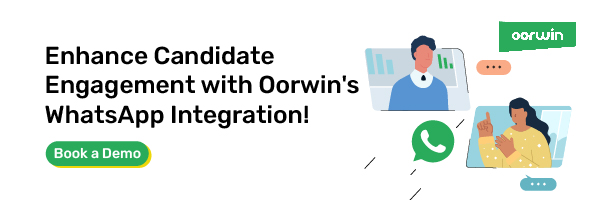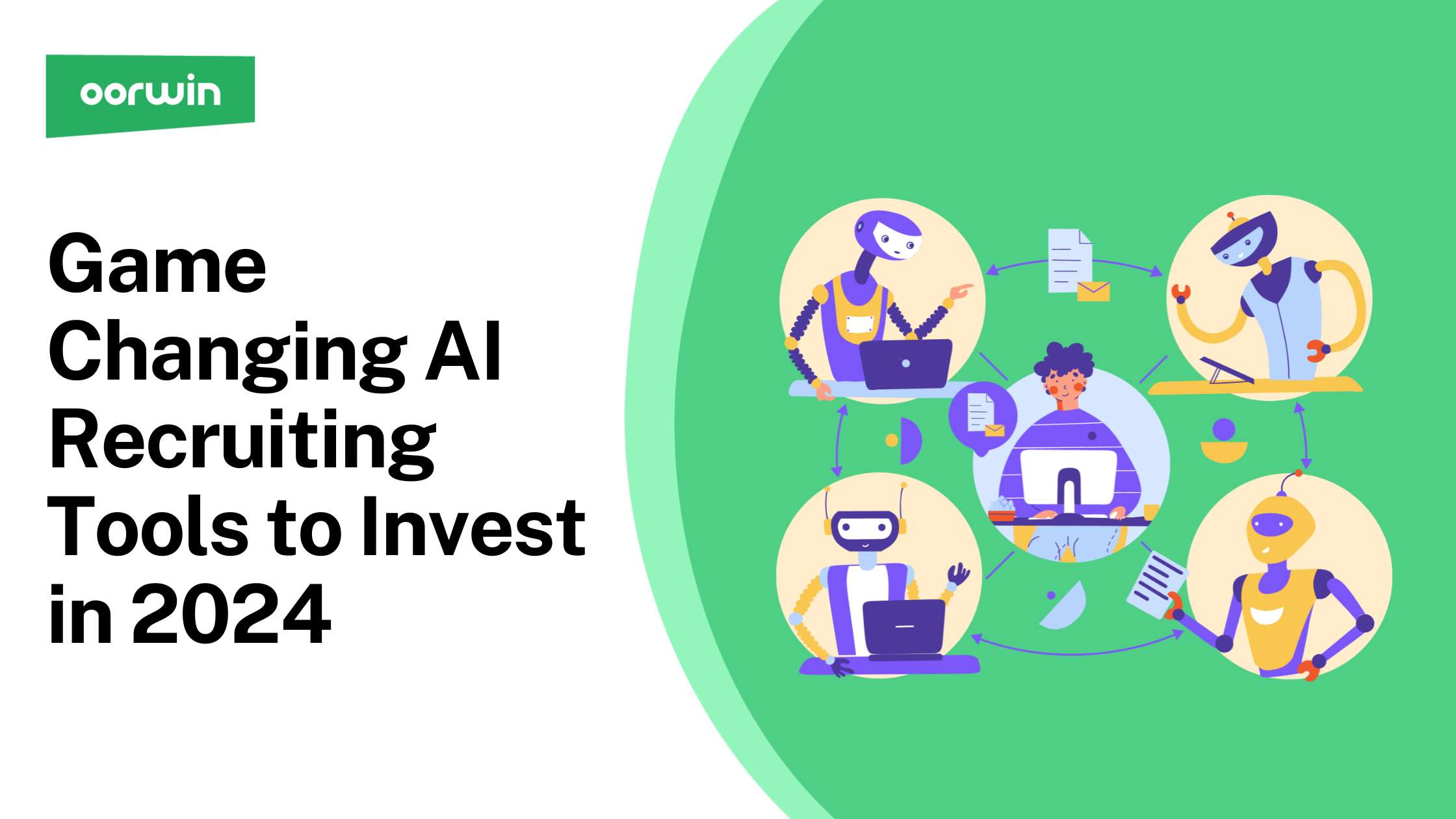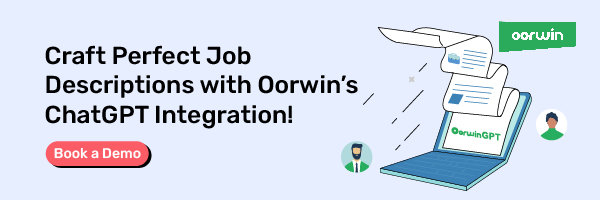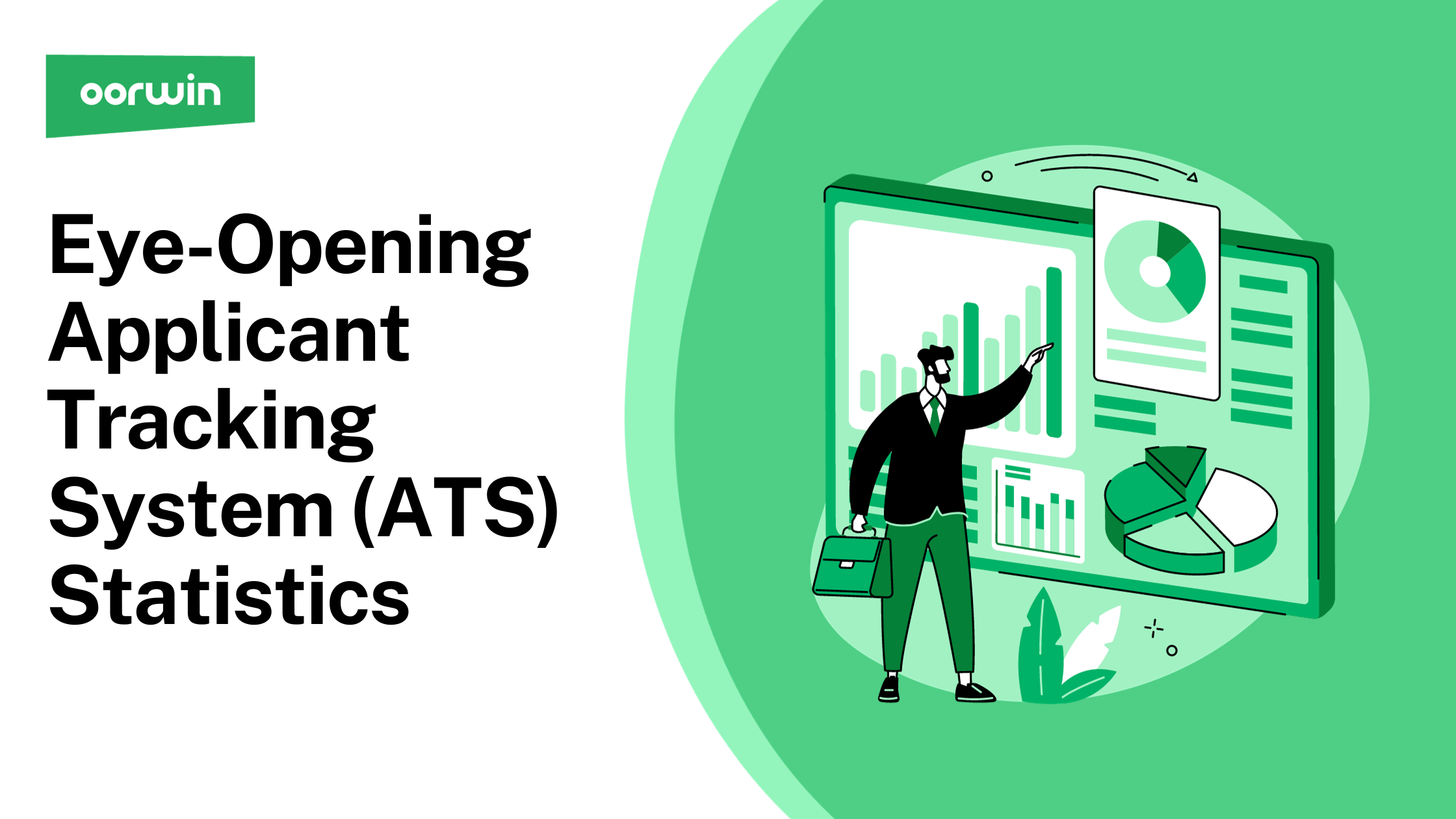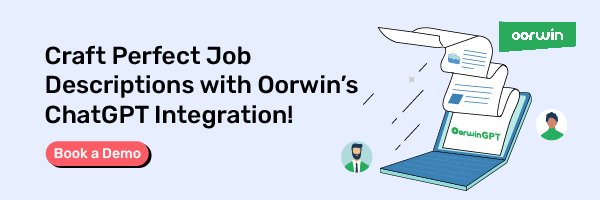Maximize Recruitment Success: Unveiling the Top 10 Talent Acquisition Software Solutions
In the dynamic world of recruitment, talent acquisition software has become essential for success. This guide explores the top software solutions in 2023, providing insights into their features, benefits, and how they transform recruitment processes.
Understanding Talent Acquisition Software
Talent acquisition software is a suite of tools designed to optimize the recruitment process. It encompasses various functionalities like applicant tracking, candidate sourcing, and data analytics, streamlining hiring from job posting to onboarding. This technology enhances efficiency, reduces time-to-hire, and improves the overall quality of recruitment outcomes.
Key Components of Talent Acquisition Software
Essential components of talent acquisition software include robust Applicant Tracking Systems, efficient job posting capabilities, comprehensive sourcing and recruiting features, and detailed analytics and reporting tools.
Applicant Tracking System
Applicant Tracking Systems (ATS) are essential for modern recruitment, streamlining the management of candidate applications. They organize and simplify the evaluation process, enhancing the efficiency and effectiveness of candidate selection and ensuring a structured approach to talent acquisition.
Transform your recruitment process with Oorwin’s ATS – a comprehensive solution that streamlines candidate management and enhances hiring efficiency. Experience the future of talent acquisition with Oorwin today!
Job Posting
Job posting features in talent acquisition software enable recruiters to publish vacancies across multiple platforms easily. This broadens job visibility, attracts a diverse applicant pool, and simplifies the process of advertising open positions, making it a key tool for effective recruitment.
Seamlessly integrate Oorwin with leading job boards like CareerBuilder, Monster, Dice, Naukri, SnapRecruit, LinkedIn, and TechFetch and unlock unparalleled access to a vast talent pool. Elevate your recruitment strategy with Oorwin’s powerful integration capabilities!
Sourcing and Recruiting
Sourcing and recruiting tools within talent acquisition software are designed to identify and attract suitable candidates efficiently. These tools streamline finding and engaging with the right talent, making recruitment more targeted and effective.
Analytics and Reporting
Analytics and reporting functionalities in talent acquisition software provide critical insights into the recruitment process. They enable data-driven decision-making, helping recruiters optimize their strategies and processes for better talent acquisition and management outcomes.
Benefits of Talent Acquisition Software for Recruitment Agencies
Talent acquisition software offers recruitment agencies enhanced efficiency, improved candidate quality, and streamlined processes, transforming how they connect with and hire top talent.
Accelerated Candidate Sourcing
Talent acquisition software significantly accelerates candidate sourcing. It quickly identifies and shortlists qualified candidates, streamlining the recruitment process and reducing the time-to-hire, thereby increasing recruitment efficiency.
Collective Hiring Approach
This software promotes a collective approach to hiring by involving various team members in the recruitment process. It facilitates better decision-making through collaborative assessment, ensuring a more comprehensive evaluation of candidates.
Task Automation
Talent acquisition software automates repetitive tasks such as resume screening and interview scheduling. This saves time and enables recruiters to focus on more strategic and impactful aspects of the process.
Enhanced Candidate Experience
These tools significantly enhance the candidate experience by making the application process more seamless and engaging. A positive candidate experience is crucial for attracting top talent and building a strong employer brand.
Boost your candidate engagement with Oorwin’s integration with WhatsApp. Experience seamless communication and enhanced engagement by connecting with candidates directly through WhatsApp using Oorwin!
Diversity and Inclusion
Talent acquisition software supports diversity and inclusion in recruitment. It offers unbiased screening processes and reaches diverse candidate pools, ensuring a more inclusive hiring approach and promoting a diverse workforce.
How to Choose the Right Talent Acquisition Software
Selecting the right talent acquisition software is crucial for streamlining your recruitment process. It involves considering various factors to ensure the software aligns perfectly with your organization’s needs.
- Identify Your Needs: Assess your recruitment requirements – volume, industry, and company size.
- Features and Functionality: Look for essential features like ATS, CRM, analytics, and candidate engagement tools.
- Ease of Use: Ensure the software is user-friendly and intuitive.
- Integration Capabilities: Check compatibility with existing HR systems.
- Scalability: Consider software that can grow with your business.
- Support and Training: Seek robust customer support and training resources.
- Cost-Effectiveness: Evaluate the pricing against the features and benefits offered.
Top 10 Talent Acquisition Software in 2023
In 2023, innovative software solutions will dominate the talent acquisition landscape, each offering unique features and capabilities to streamline recruitment.
Oorwin
Oorwin distinguishes itself with an AI-driven approach, enhancing the entire talent acquisition cycle. Its integrated platform streamlines sourcing, recruitment, and onboarding, making it a top choice for efficiency and effectiveness.
Workable
Workable is celebrated for its comprehensive suite of recruitment tools. Its user-friendly interface and robust functionality make it ideal for businesses seeking an efficient and effective recruiting solution.
SmartRecruiters
SmartRecruiters offers a holistic recruitment solution, emphasizing ease of use and effective candidate management. It’s designed to simplify the hiring process while ensuring quality outcomes.
Greenhouse
Greenhouse is known for its potent ATS and CRM capabilities, enabling streamlined recruitment workflows and effective engagement with candidates, thus enhancing the overall hiring experience.
Zoho Recruit
Zoho Recruit provides a versatile and customizable platform for businesses seeking adaptable recruitment solutions. Its flexibility makes it suitable for various hiring needs.
Recruit CRM
Recruit CRM merges CRM and ATS functionalities into one comprehensive tool. It excels in managing candidate relationships and streamlining the recruitment process, offering a seamless experience.
iCIMS
iCIMS offers an end-to-end talent acquisition platform renowned for its scalability and robust integration capabilities. It’s a powerful solution for large-scale and growing recruitment needs.
LeverTRM
LeverTRM, designed for collaborative hiring, features a user-friendly interface and comprehensive talent relationship management tools, making it ideal for team-based recruitment strategies.
Yello
Yello specializes in recruitment marketing and candidate relationship management, enhancing employer branding and improving candidate engagement throughout the recruitment process.
Workday
Workday provides an extensive suite of HR and talent acquisition tools. Known for its advanced analytics and seamless integration with HR processes, it’s a top choice for comprehensive HR management.
Future Trends in Talent Acquisition Software
The landscape of talent acquisition software is constantly evolving, driven by technological advancements and changing recruitment dynamics. Here are key future trends to watch:
- Increased AI and Machine Learning Integration: Enhanced candidate matching and predictive analytics.
- Greater Emphasis on Candidate Experience: More personalized and engaging recruitment processes.
- Rise of Mobile Recruiting: Accessibility and ease through mobile platforms.
- Advanced Data Analytics: Deeper insights for strategic decision-making.
- Focus on Diversity and Inclusion: Tools for unbiased hiring and diverse candidate sourcing.
- Automation of More Recruitment Tasks: Streamlining end-to-end recruitment workflows.
- Integration of Remote Hiring Tools: Adapting to the rise of remote and hybrid work models.
Why Oorwin Reigns as the Premier Talent Acquisition Software
Oorwin is the premier talent acquisition software due to its comprehensive, AI-driven approach that streamlines every recruitment phase. Its integration of ATS, CRM, and analytics into a single platform offers unparalleled efficiency. Oorwin’s user-friendly interface and robust customization and automation capabilities make it a top choice for recruiters aiming for high efficiency and effective talent management.
Frequently Asked Questions
What Is Talent Acquisition Software & Why Should You Use It?
Talent acquisition software streamlines recruitment, enhancing efficiency and candidate quality, which is crucial for modern, competitive hiring processes.
How Are AI-Powered Recruitment Tools Transforming the Recruitment Process?
AI-powered tools automate tasks, provide predictive insights, and improve candidate matching, revolutionizing recruitment efficiency and effectiveness.
Why Do Companies Prefer All-in-One Talent Acquisition Software?
All-in-one software offers comprehensive functionality, simplifying recruitment processes and unifying various tasks under a single platform.

